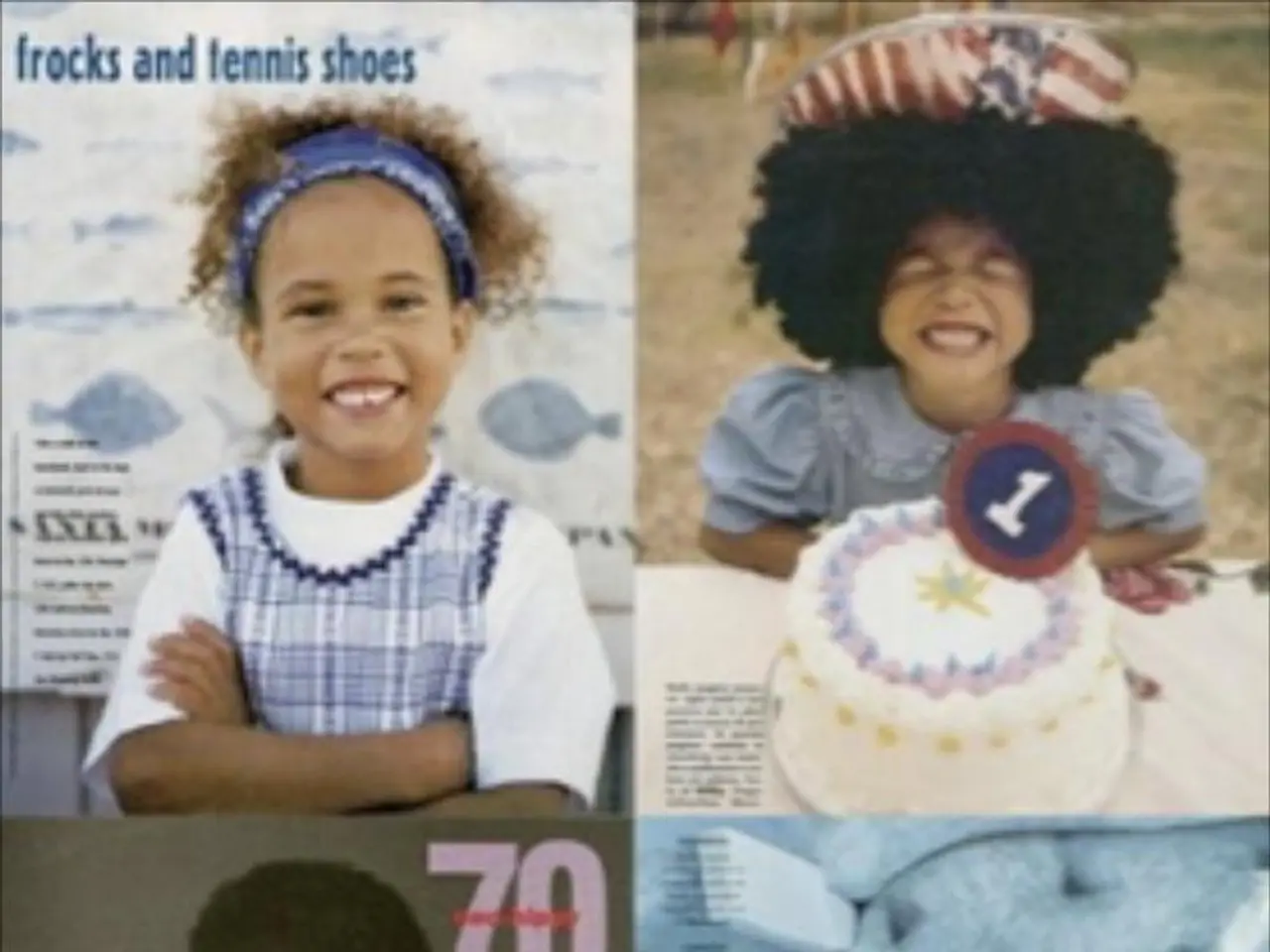Adapting Children's Content for Cultural Suitability in Media Translation
In the ever-evolving world of children's media, fostering collaboration and inclusivity is key to successful cultural adaptation. This approach ensures that content remains relevant, respectful, and meaningful to diverse audiences, transcending mere translation and localization.
Cultural adaptation goes beyond translating language accurately. It involves adapting content creatively to fit the cultural frame of the new audience, allowing flexibility in translation to maintain emotional and conceptual relevance. This process, known as transcreation, is crucial for resonating with children across different cultures.
Localization, another essential practice, tailors content specifics such as measurements, currencies, or familiar references to suit local cultural and linguistic conventions. This creates a more immersive experience for children, making them feel at home in the stories they engage with.
Respecting communication styles is also vital. Recognising different cultural patterns, such as direct versus indirect communication, supports children's social and emotional development within their cultural norms.
Inclusive language and representation are key to fostering cultural affinity, emotional bonds, and inclusivity among children. Media that includes minority languages, sign language, or multilingual contexts can significantly enhance engagement and identity affirmation.
High-quality educational children’s media that reflects second-language cultures and diverse backgrounds can boost language acquisition and cultural competencies, ensuring broader cognitive and social benefits.
Avoiding cultural missteps is another critical aspect of cultural adaptation. Adaptations should steer clear of stereotypes, inaccuracies, or culturally insensitive material to maintain respect and authenticity in portraying cultural identities.
Successful adaptation considers how media impacts children's emotional responses and self-identity by reinforcing positive cultural heritage and social inclusion. Culturally adapted content can foster a sense of belonging and encourage children to appreciate cultural diversity.
Balancing original content with cultural relevance in children's media can be challenging. However, interactive media and educational apps offer personalized cultural adaptation based on the user's location and language preferences. These platforms can help bridge the gap between universal appeal and local specificity.
Collaborating with local experts, adapting storylines and characters, incorporating local language and dialects, and adjusting visual elements are strategies for effective cultural adaptation in children's media. Prioritising child-centric content, respecting cultural integrity, and continuously updating and improving are best practices for cultural adaptation in children's media.
Adapting storylines and characters is a key aspect of cultural adaptation in children's media. Children relate more deeply to stories and characters that reflect their own cultural experiences. By doing so, we can enrich children's media experiences and support their social, emotional, and linguistic development in multicultural contexts.
Technology plays a significant role in education and self-development, as interactive media and educational apps offer personalized cultural adaptation based on the user's location and language preferences, fostering a sense of familiarity and promoting cultural inclusivity.
Localization, along with the adaptation of storylines and characters, helps create a more immersive lifestyle for children, making them feel at home and fostering cultural affinity by reinforcing positive cultural heritage and social inclusion.




